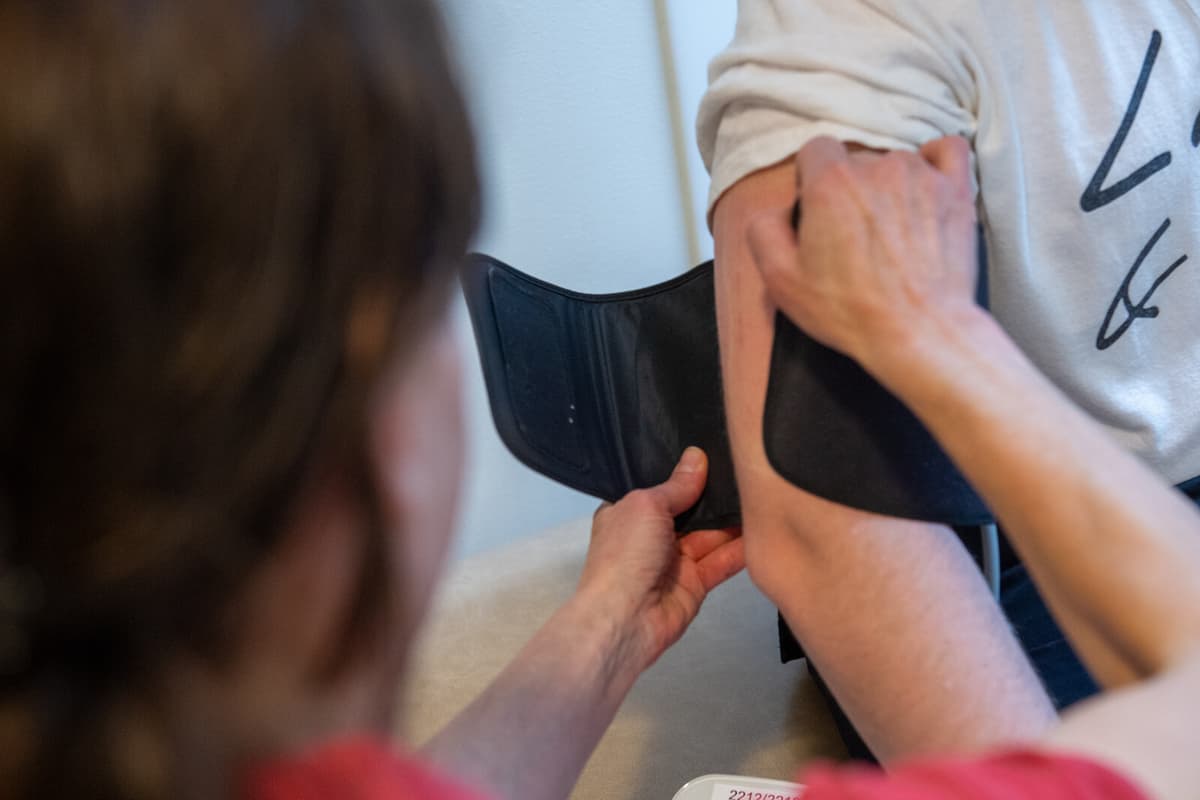About half of all people over 65 are estimated to have blood pressure that is too high. Having high blood pressure can increase the risk of several different diseases, such as stroke, heart attack, heart failure, kidney disease, and dementia.
Researchers at Lund University have now investigated how SMS with lifestyle advice can affect those who need to lower their pressure.
Difference in certain groups
The study included 401 patients between 40 and 85 years old who had high blood pressure. Half of these were randomly assigned to receive SMS with advice and information on physical activity, diet, alcohol, and tobacco four times a week. The messages also contained general information about heart and vascular health.
The study, which was published in Plos One, lasted for six months. No differences in blood pressure were seen among the study participants as a whole. However, a positive effect was seen in certain subgroups.
On average, participants in the SMS group increased their physical activity by 25 minutes per week and also reduced their alcohol intake during the study period.
Small changes are enough
According to the researchers behind the study, it does not require major changes in lifestyle when it comes to heart and vascular health. They believe that by finding the right target group, SMS can be a good complement to blood pressure treatment.
“Trying to establish a healthy routine in daily life, taking a lunch walk, using the stairs instead of the elevator, or parking the car further away has an effect", says Hanna Glock, doctoral student at Lund University and specialist in general medicine within Primärvården Skåne, in a press release.
In-depth interviews were also conducted with 14 of those who received SMS advice. The conclusion from them was that they experienced the SMS setup as good. They also believed that it was important for the messages to feel encouraging and not like nagging.
Correction: An earlier version contained an incorrect conclusion about the effect on blood pressure.
Two values are measured when checking blood pressure. One is called overpressure or systolic pressure. It shows the load on the blood vessel walls when the heart contracts and pumps out blood. The other is called underpressure or diastolic pressure and measures the load when the heart relaxes and fills with blood.
The span between overpressure and underpressure is called pulse pressure.
Source: Karolinska Institutet





